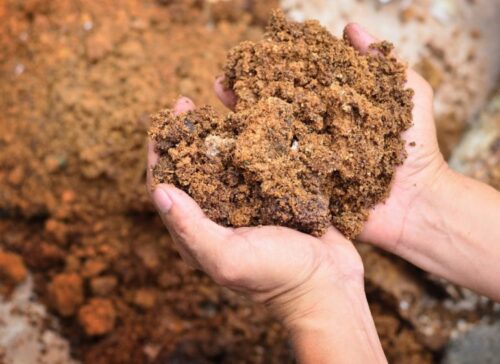TYPES OF SOIL AND THEIR IMPACT ON FOUNDATIONS
Types of Soil and Their Impact on Foundations
When it comes to constructing a stable and long-lasting building, one of the most critical factors to consider is the type of soil on which the foundation will be laid. The type of soil can have a significant impact on the stability and safety of a structure. Understanding the different types of soil and their characteristics is essential for engineers, architects, and builders. In this article, we will explore various types of soil and their impact on foundations.
1. Clay Soil
Characteristics: Clay soil is known for its fine particles and high moisture retention. It can become very sticky when wet and hard when dry.
Impact on Foundations: Clay soil can pose challenges to foundations. When it’s wet, it expands, exerting pressure on the foundation, potentially leading to cracks or shifts. Conversely, when it dries, it can shrink and create voids beneath the foundation, causing settlement issues.
2. Silt Soil
Characteristics: Silt soil consists of fine particles that are smaller than sand but larger than clay. It has good moisture retention but does not become as sticky as clay when wet.
Impact on Foundations: Silt soil can be stable for foundations, but it may settle over time. It’s essential to properly compact the soil and provide adequate drainage to prevent settlement and potential foundation problems.
3. Sand Soil
Characteristics: Sand soil contains larger, coarse particles. It drains well and does not retain moisture like clay or silt soils.
Impact on Foundations: While sand provides excellent drainage, it may not offer the necessary support for some structures. Foundations on sandy soils may require additional reinforcement to prevent settling or shifting.
4. Loam Soil
Characteristics: Loam soil is a mixture of sand, silt, and clay. It offers good moisture retention, drainage, and fertility.
Impact on Foundations: Loam soil is often considered ideal for foundations due to its balanced properties. It provides stability and prevents excessive moisture retention or drainage issues.
5. Peat Soil
Characteristics: Peat soil is rich in organic matter and retains a lot of water. It is usually found in wetland areas.
Impact on Foundations: Peat soil is highly compressible and may not be suitable for most foundations. Building on peat soil often requires extensive soil improvement or pilings to ensure stability.
6. Rocky Soil
Characteristics: Rocky soil contains a significant amount of rocks and gravel. It provides excellent support but can be challenging to excavate.
Impact on Foundations: Foundations on rocky soil are typically stable and durable. However, excavation can be costly and time-consuming due to the presence of rocks.
7. Expansive Soil
Characteristics: Expansive soil, like clay, can expand and contract significantly with changes in moisture content.
Impact on Foundations: Foundations on expansive soil must incorporate proper moisture control measures and structural design to accommodate soil movement without compromising the integrity of the building.
8. Fill Soil
Characteristics: Fill soil is often man-made by placing and compacting materials like sand, gravel, or clay to raise the ground level.
Impact on Foundations: The stability of foundations on fill soil depends on the quality of the fill material and the compaction process. Proper engineering is crucial to avoid settling or uneven foundation support.
In conclusion, the type of soil on which a building’s foundation is built plays a vital role in its stability and longevity. Engineers and builders must conduct thorough soil testing and analysis to determine the specific characteristics of the soil at a construction site. Based on this information, they can design appropriate foundations and take necessary precautions to mitigate potential issues associated with different soil types. By understanding these soil types and their impact on foundations, we can ensure the safety and durability of our built environment.


